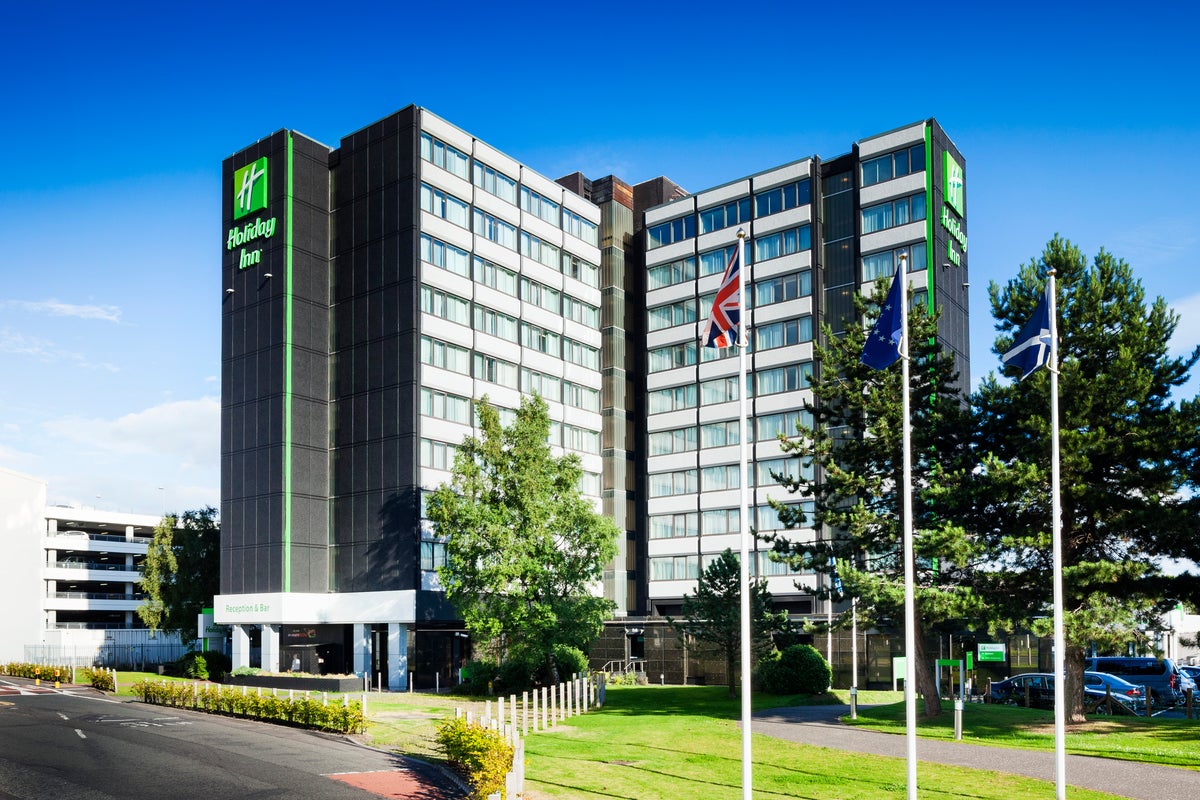Getting to Know the ARISE Sangha
Rooted in the Plum Village Tradition, the ARISE Sangha is committed to socially engaged mindfulness to bring about racial and social equity. We interview Marisela to learn more about the ARISE sangha.
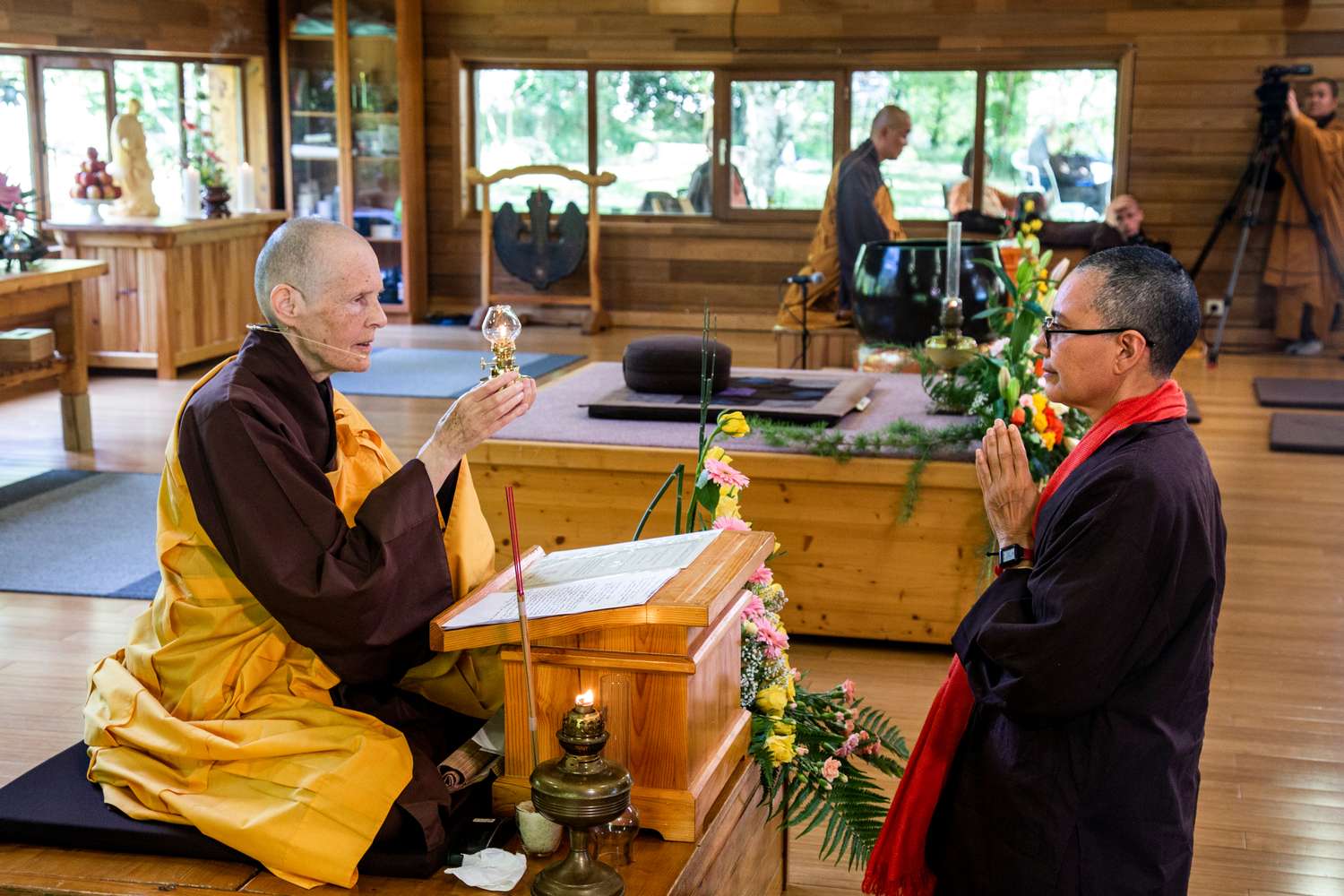
We share an interview with Marisela Gomez, co-founder of the ARISE sangha which practices with issues of racial equity.
Marisela Gomez co-founded the ARISE Sangha in 2016. ARISE is an acronym for Awakening through Race, Intersectionality and social equity.Rooted in the Plum Village Tradition, the ARISE Sangha is committed to socially engaged mindfulness to bring about racial and social equity. Marisela was interviewed in New Hamlet in June 2022.
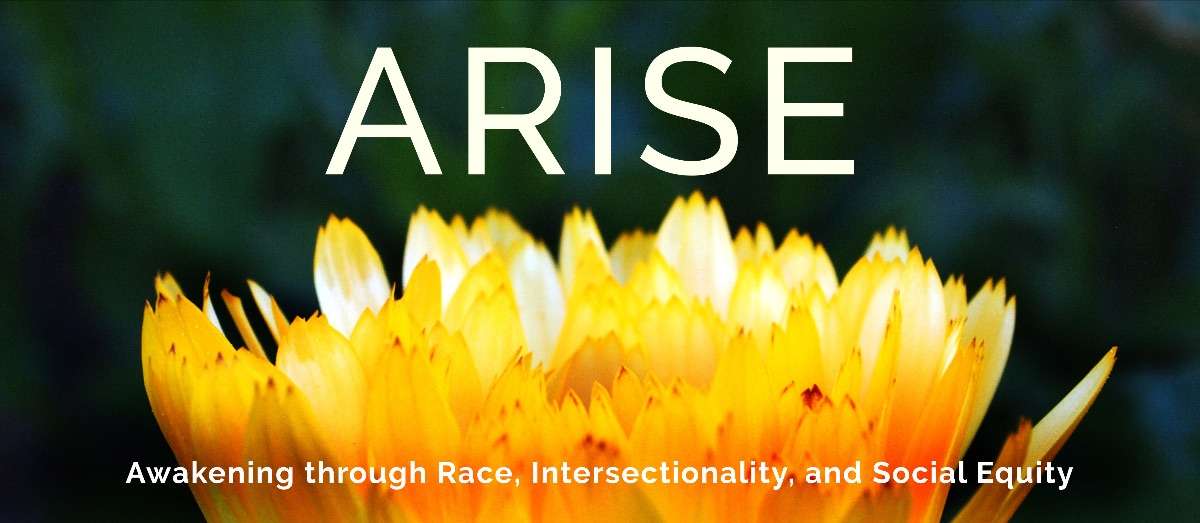 arisesangha.org
arisesangha.orgInterviewer: Good afternoon, dear Marisela. It is a great joy for me to be with you. Many monastics of the Plum Village Sangha would like to learn more about the ARISE Sangha. Could you please share what inspired you to co-found the ARISE Sangha?
Marisela: During the tour in the United States led by Plum Village monastics in New York City in 2015, we had a panel discussion on racial justice called Where Spirit Meets Action. At Deer Park Monastery, there was another panel on racial justice. At both of these panels it was shared that there were not enough Black, indigenous, and people of color being present and represented. In the U.S. we say BIPOC. In England there is the acronym BAME (Black, Asian, and Minority Ethnic). We are wonderfully represented by the Vietnamese siblings in the monastic community, but there are hardly any Black people, Latinx people and even fewer indigenous people that we are aware of. And so the few we had – myself for example – were asking the question, “Where are we and why aren’t we here?” When BIPOC people raise this question we are often told, in essence, “That does not matter, because we’re all the same, we’re interbeing, we’re one. It separates us when you talk like that.” Hearing this really hurts us. What we are experiencing in our daily walks of life, because of our racial/ethnic identities, needs healing. The sangha should be the place where we can heal that. But if we bring these things up, it does not land. Most of our sanghas in the U.S. have a white majority.
A clear example was after the killing of Freddie Gray, a Black man in America, in 2015. There were big protests, thousands of people took to the streets because of police brutality, everybody was traumatized again. A Black person brought it up in a sangha with a white majority and nobody said anything about it. There was no offering of energy, no acknowledgment of this pain of our whole society. Not just Black people but our whole society is hurting. This Black person personally reached out to me and said they cannot continue there because they felt invisible and not cared for. When something difficult happens in the BIPOC community, can the mahasangha hold it? Because there is a lack of knowledge, the mahasangha cannot hold it. If someone of importance in our community passes, especially from violence, we want the community to grieve with us and hold our hearts. (We also want to celebrate together when something amazing happens.) But if the community does not know anything about this, we are isolated and feel very hurt.
Examples like this kept coming up, so people with a history of engaged mindfulness practice around racial justice and other kinds of social justice issues formed ARISE. We decided to focus on race, but also include intersectionality and social equity in our name, because racial injustice is not the only injustice. Although we focus on race, we also try to shine light on other areas as well, including LGBTQIA+, immigrants, and class. For example, we have a really big issue of class in our mahasangha: Who can afford to come to retreats? Until all of the injustices are taken care of, we are still suffering. Trying to bring this greater awareness to our mahasangha is at times very frustrating.
Interviewer: Thay led retreats for people of color. When we offer such retreats today, people question whether they are creating more separation. Do you feel there is a benefit of separate retreats or spaces for people of color? If so, could you explain why they are needed.
Marisela: One of the first things ARISE did was to establish an action plan about what we felt needed to be addressed in the mahasangha. One of them was holding BIPOC-only retreats, because it is easier to address our suffering when we share common experiences, especially around discrimination. In mixed spaces (with white people), we would first have to define it, for example, “This is how I feel when white people don’t acknowledge my pain. When I speak about it, they tell me I’m being separatists and I should leave. They expect me to leave this at the door, come in, and pretend we’re all one together.” In a BIPOC-only space, we can share very openly about our trauma, our hurts, and we do not offend white people by stating clearly that racism is real, that we hurt from white people bringing privilege and their lack of awareness about how this privilege harms us.
There is so much trauma caused by allowing racism to continue as it is. The legacy of racism has a heavy retribution. We may not realize that what we are experiencing now has this whole long past. A lot of people with privilege do not have to look at that, they can ignore all of that history and just keep walking. But what it does to their hearts and their spirit is not healing, which is why white people need to have their own separate space too, in order to speak honestly about when they behave in a racist way.
Now, in mixed spaces when a white person speaks about how they might have said, done or thought something about a Black or Brown person, we get hurt again. Thus, white people do not bring it up, because they do not want to hurt the BIPOC friends. Vice versa, the BIPOC people do not bring up how white people hurt us because we do not want to hurt our white friends. So we all sit there and pretend nothing is going on, thinking that everything is just fine. But this is not our practice. Our practice is to cultivate happiness in order to heal, and cultivate the spaciousness to take care of the trauma of racism that is so deep in us and our ancestors.
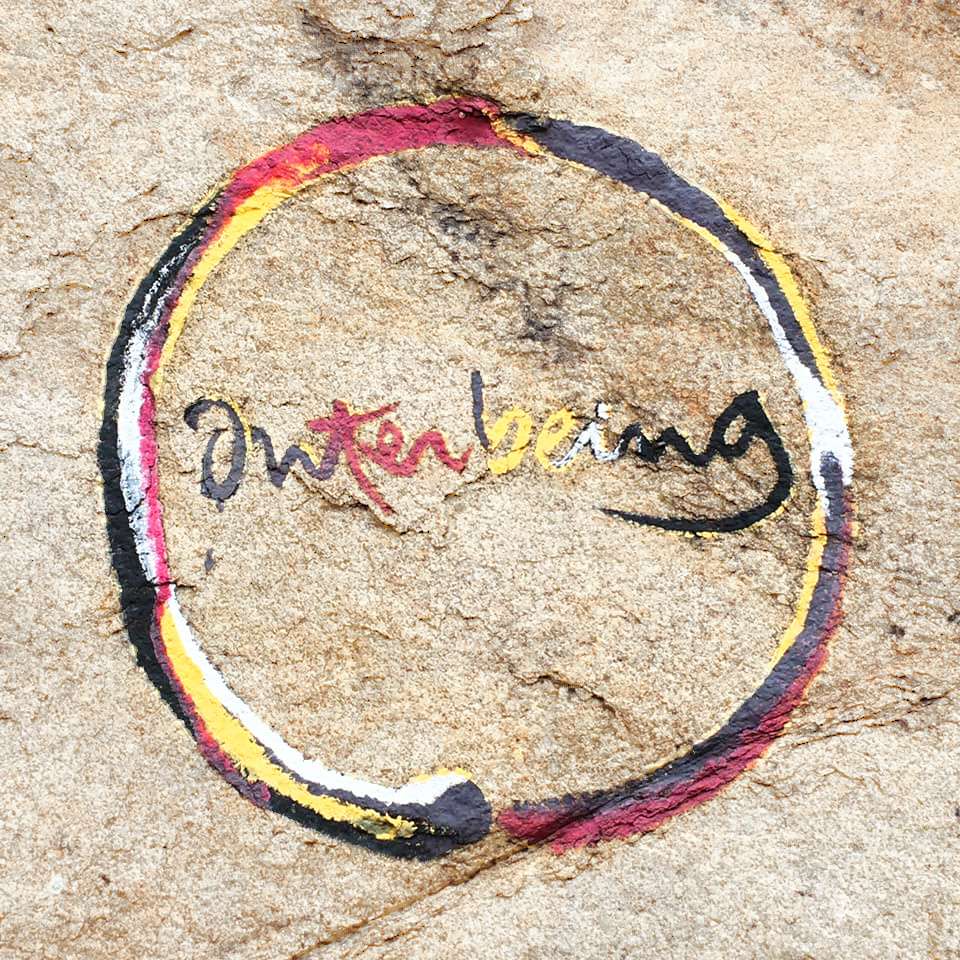
All of us have ancestors that have pain around race because we are a greedy species, wanting to own so much and discriminate based on anything to justify our superiority, be it skin color, class, accent, etc. This is why we all have to sit still for a while, become more spacious, create the safety to bring it up, look at it, feel the pain and take good care of it. Once we have more awareness and lightness, we will come together in a very different way. We may still hurt each other, but we know how to come back to ourselves and heal. After practicing like this, we may eventually be able to be together without hurting each other. But right now, honestly, when we are together, we hurt each other. Because when I am in a sangha where the majority of people are white, I keep being squished into a small cell because there is so much white privilege.
Sometimes white people are unaware of how they bring privilege forward. It is heavy and takes up a lot of space. People of color are so used to deferring to power because our ancestors were killed if they did not. You have to keep your mouth shut, stay behind and not look people in the eye. When we get into mixed spaces, sometimes we have some of these same behaviors because we internalized them so deeply. We cannot heal like that. This is why we need to be by ourselves first, talk about it, feel the hurt, and heal. Then can we come back together in true harmony.
For many, many years, we have been hearing the criticism that separating by race is not harmonious. But being together as we are now is not true harmony! It is false harmony. And in some ways we have been practicing this false harmony. To smile like that is not deep. It is not in my eyes. When we experience deep harmony however, we see the wisdom of the need to heal the heart so we can come back together in a more beautiful way. Because if I am full of hurt from having this color and I am around a bunch of white people, I am going to be angry, and I am going to drop it all over them, causing more harm. So I need my space to walk, to breathe. I need my people, my tribe, without words, knowing we are alike, we feel a little safer, and we can start to look at these things and identify the trauma. Where does it stay in my body?
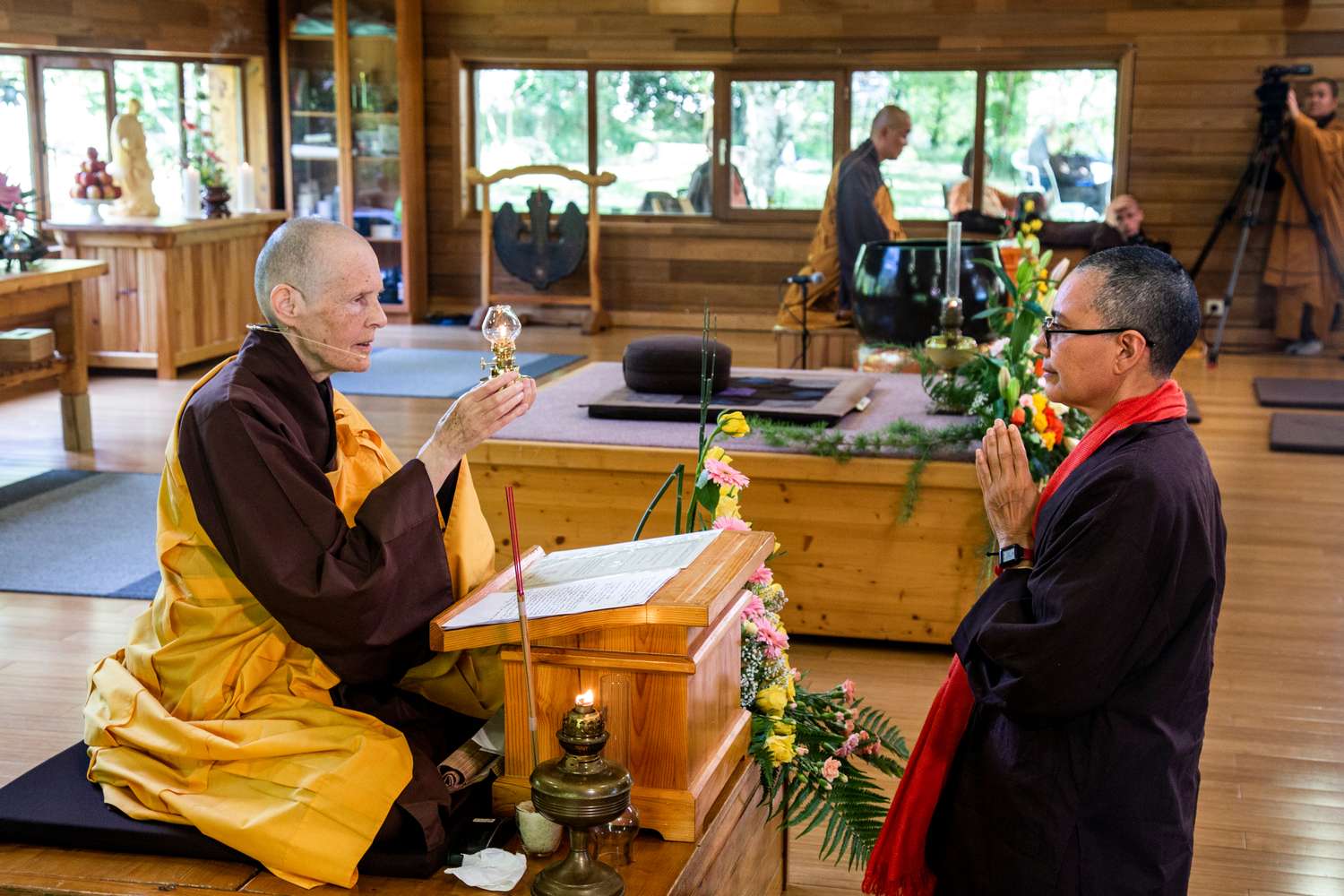 Marisela was transmitted the Dharma Lamp in June 2022.
Marisela was transmitted the Dharma Lamp in June 2022.ARISE is mixed, but with the requirement that the majority are people of color. We know from experience that when the majority are BIPOC, the energy of white people is not so strong and big; it stays more balanced, so we can at least have the conversation. This is important until we have reached a place of healing and balance, and we do not retraumatize each other. ARISE is a majority BIPOC space and we do not apologize for that. We say respectfully, “If you do not understand, we want to have a conversation. It is time to have a conversation.” We know that many in the mahasangha do not understand and still think it is a creation of separateness. But I believe this can change if our monastic community sincerely helps us, because our lay community looks to the monastics for guidance.
Interviewer: What can Plum Village do to help bring more awareness and action in the area of social justice and racial equity?
Marisela: This invitation to speak about ARISE is a big important step, as well as forming affinity groups, and mentioning them to the entire community. Dharma talks that address the suffering of racial discrimination are also important. We need to bring awareness to more areas of where social injustice is happening.
ARISE just had a beautiful six-month training course called Race: A Dharma Door. We used the Four Noble Truths as the framework to show how racism and racial injustice are a suffering. We go over the history – mostly American history. ARISE also helped to edit a contemplation on the Five Mindfulness Trainings that focuses on racial justice to show how we can actually apply all the Dharma tools to bring an end to this suffering. All the skillful means are already there in our hands.
Brother Phap Ung said yesterday, “open the door and let the wind in.” I think we are afraid of what will come in, because the suffering of racism is so deep, and the wind does not discriminate. It is worldwide. It is not just in the Americas. It is not just enslavement. It is the decimation of native indigenous people in the United States. We have had societies that have been built on the foundation that colonization was okay. We are saying it is not okay, not now, not then and not in the future. It is hard. I have suffered in many of these intersections. I really do not blame people for not wanting to engage in it.
Earlier in this retreat, there were younger BIPOC people who wanted to leave. Why? Because they felt there was no space or safety for them. We need to share the Dharma in such a way that everyone finds their place in it; see that the Dharma helps anyone develop the space to heal, see more clearly, and understand what else can flourish besides pain. Poor people, queer people, people with disabilities. You cannot leave anybody out because the Dharma is universal.
Interviewer: What have been the biggest obstacles in building the ARISE Sangha?
Marisela: From the very beginning we felt little support. We had to push hard against the status quo. Why were there no Black people in the Dharma Teacher Council in North America? What does it look like here in Europe? Few seemed to worry or care about it. It was difficult to find the ears of people in our mahasangha who have the power to help us bring about change. The murder of George Floyd in 2020 helped us to get invitations to talk more about what ARISE is offering and to be recognized as an official part of our mahasangha.
We are Thay’s disciples. Thay challenged traditional Vietnamese Buddhism. He wanted Buddhism to be for the people. How do we transform Buddhism such that everyone benefits? ARISE is also for the people. How do we make sure everyone is at the table, making decisions, and benefits from the practice? Groups like ARISE form because the community is not seeing the need for Buddhism to be accessible to everyone, for whatever reasons: too busy, lack of experience, ignorance, or fear. This is real though. We cannot wait till everyone is ready.
Interviewer: When you are faced with these difficulties, what do you take refuge in?
Marisela: We take refuge in Thay, in our breath, our practice and our steps. We have to remember to stay diligent and steady. The majority of us are affected by race/ethnicity. No one can deny my lived experience of how I am treated every day. So we take refuge in the truth of our lived experience and we also take refuge in the practice, because it works and has transformed us all. It not only works, it is freedom, real freedom, true freedom. This keeps us committed. It makes it very clear that we do not stop. We do not rest until it is done, for everyone.
Interviewer: But we know that it is endless. There is no lotus without the mud. How do we find true peace whilst the suffering is still there?
Marisela: That is a good question because the mud is always there. The question is: how do we meet the mud? If I still suffer every time I meet injustice, then I have not been practicing enough. This is a controversial statement isn’t it. The other part of that statement is that we have to meet the practice first, awaken our spiritual powers, and meet good spiritual friends. This is part of the reason why we are helping to bring people into the practice in order to heal. We do not want to stay negative, with only bad news. We have to nurture joy and lightness.
There is so much beauty. Even in the heat, there is the breeze that enters. There is refuge under the shade of these trees. After our last ARISE affinity sharing, one of the participants shared his insight, “I just realized that at any moment I could bring a moment of joy into my heart, which helps me to take care of the suffering.” By bringing the energy of care and togetherness, we can bring an end to the suffering of feeling “I am the only one,” or “This is never going to end,” or “Nobody cares.” Now you have the practice and you have the community. When people step into the practice something miraculous happens and transformation occurs.
The way I hold racism now is completely different. I do not hate white people anymore. Even when someone acts in a racist way toward me, I do not get mad anymore. This is huge for me. Racism has not ended, but I feel I have control. I am not pulled and yanked by the cow I am riding. I am walking next to the cow.
Interviewer: Thank you so much. It has been very touching to hear from you.
Visit the ARISE Sangha’s website

 UsenB
UsenB 








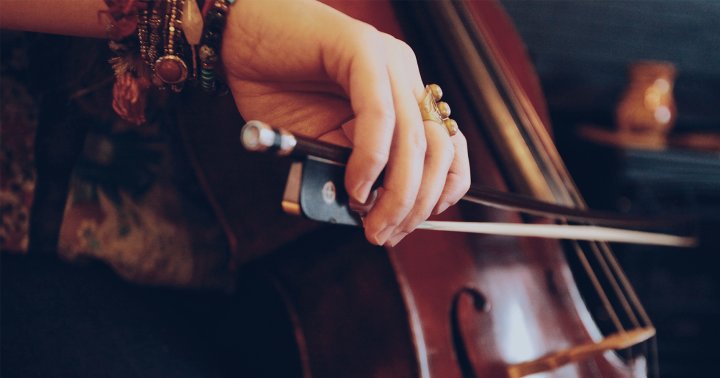


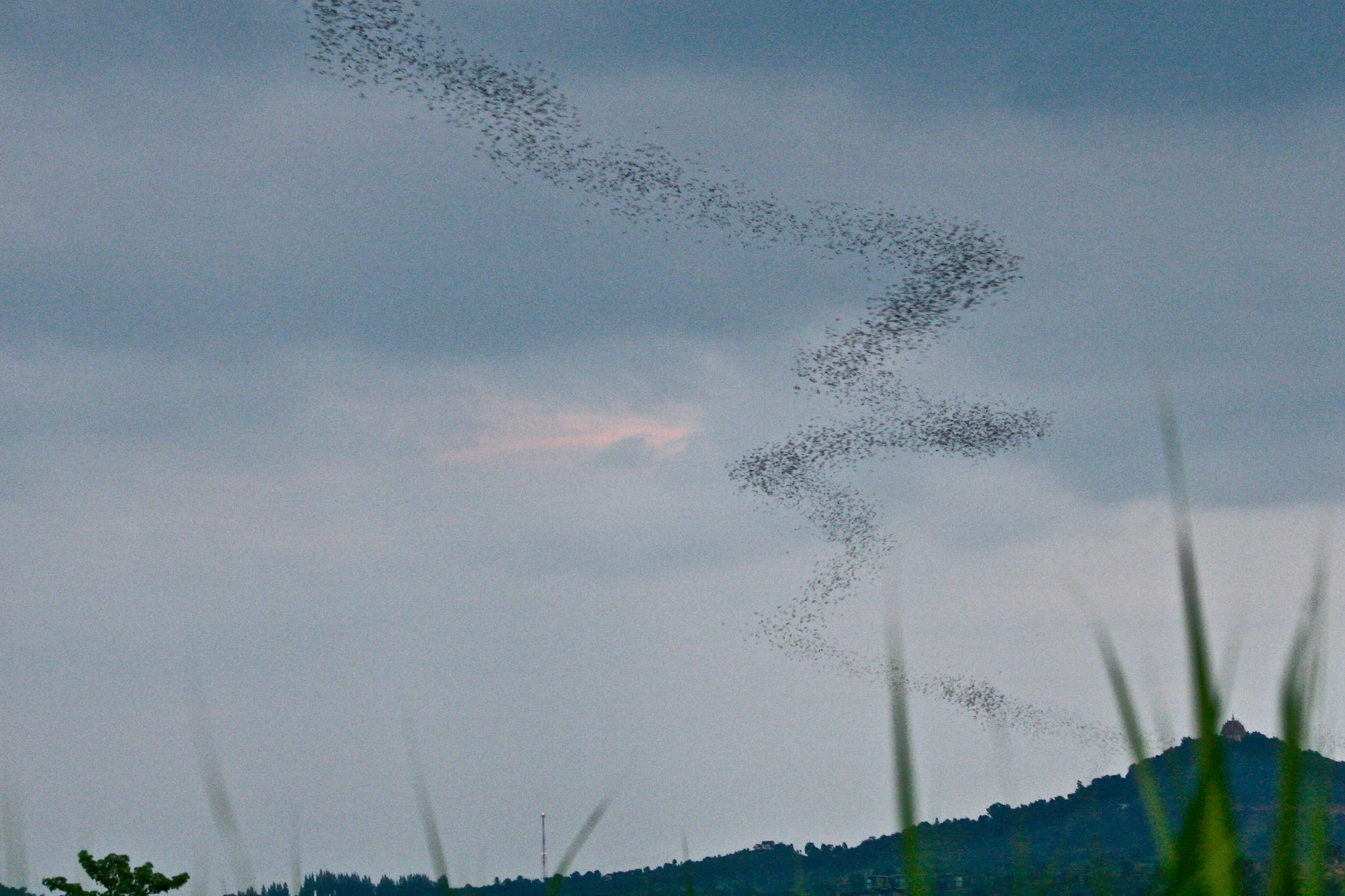
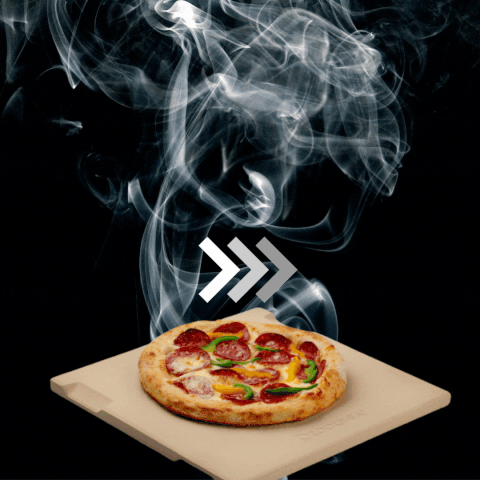








![Run An Ecommerce SEO Audit in 4 Stages [+ Free Workbook]](https://api.backlinko.com/app/uploads/2025/06/ecommerce-seo-audit-featured-image.png)

